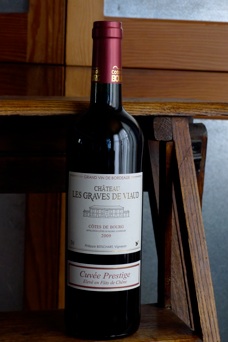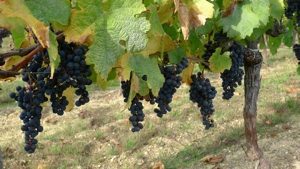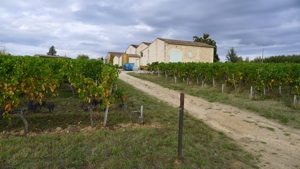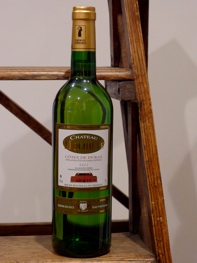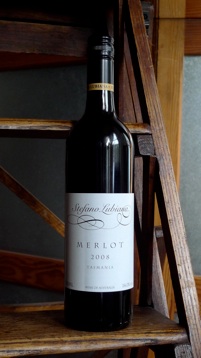I have always found Rhone wines exciting: the complex blending of varietals I imagine has something to do with it. Also, what I like about the Rhone is that generally the quality of the wine is solid. I am very rarely left leaving Rhone feeling disappointed, Cote Rotie, maybe being the one exception. So it was a plan to find some wines that were a little different and as always with a Whirly wine, made with some passion.
I found Domaine Armand on Wednesday 27th July 2011 after a long day hunting in the Rhone for hidden gems. I found some lovely ones, sadly not hidden though, since all were represented in the UK. I was not about to give up though and I visited Domaine Richaud, where Marie, having told me that their wines were with Liberty, told me that she had a cousin that also made wine. So in the late afternoon of that day I found Domaine Armand, in the country outside of Cairanne and loved their wines. One can tell they are made by hand and with a little bit of extra attention. I have imported three of their wines, listed below:
Cote de Rhone 2009, “ La Combe De Antibe”
(pictures below were taken when I re-visited the vineyard on the 15th August to get a feel for the soil and land)
History of the vineyard ( winemakers notes)
The estate Armand’s Vineyard exists for more than 80 years.
In 1990, Jean-Paul ARMAND, Rosie ARMAND and their son Patrice set themselves up as the EARL “La Magnaneraie”.
In the course of generations, we have preserved the vineyard and contributed to its extension. It stretches now over 35 hectares.
We began in 2002 the creation of the chai (cellar). In 2003 we carried out our first vinification, with 200 hectolitres; the rest of the production had to stay in the cooperative, waiting for the shares’ expiry. The production for 2003 was of the order of 12,000 bottles. In 2004 the entire production 1,500 hl is stored in our Chai and we are able to expand our range of wines. The great diversity of the estate’s soil allows us to make wines with different labels and to guarantee our wines typical characteristics. In 2004 the production is of the order of 27,000 bottles, divided in four labels.
The Domain possesses a very diversified soil, that allows us to have a production with various names and to guarantee the typicité ( expression) of our wines. We are the owners of vineyards in Cairanne and Rasteau. In 2005 the winery produced 35,00 bottles









